Reviews 10 min read
Genesis GV60: Unconventional and upmarket
Discover EV expert verdict...
- Refined
- State-of-the-art technology
- Ultra-fast charging comes as standard
- Chassis isn’t a match for the performance
- Expensive
- Polarising looks
Overview
The history of Genesis Motors is brief, first introduced in 2003 as a luxury concept vehicle for for prominent South Korean manufacturer Hyundai it didn’t actually launch its first model until 2007. Six years later, the second generation Genesis was released and in 2015, designers from Lamborghini, Audi and BMW came together to acquire and launch the Genesis brand as its own entity.
In that time, the standalone luxury player has made a name for itself in the States, South Korea, Middle East and China, basically countries which the brand is primed for sales, but more latterly – in May 2021, Genesis launched in the European market. And less than a year later it unveiled its first all-electric model – the GV60 at the prestigious Salon Privé event in London.
The company says that customer service, a clear price structure and sharp design will win customers over, and lure them away from the established German car brands and Lexus. While it was announced as a standalone marque it is still owned by the Hyundai Motor Group and is spun off as its most premium brand. We get one in for a week to see what it’s like.
Driving
The GV60 is available in three models in the UK: Premium; a single motor RWD 225bhp model; Sport; a 215bhp + 99bhp dual motor, AWD model and Sport Plus; a 215bhp + 215bhp AWD performance variant with Drift and Boost modes. We had the Sport Plus, and it’s quick, even without activating boost mode.
It utilises Hyundai’s E-GMP platform, and like the IONIQ 5 it’s both comfortable and refined. But while the press kit claims ‘driver engagement and dynamic handling is at the heart of the car’s appeal’ we’d have to disagree. Sitting at the top of line-up is the Sport Plus AWD model, which is what we had and delivers a combined output of 483bhp and torque figure of 516lb-ft. It’s phenomenally quick, with the 0-62mph benchmark taking just 4 seconds before going on to reach 146mph. And then there’s aforementioned boost mode, which when pressed instantly unleashes an additional 39bhp for around 10 seconds. In addition, customers of the Sport Plus are able to option the innovative Drift Mode, aimed more at track use.
The electronic-Limited Slip Differential (e-LSD) fitted to the Sport Plus allows an optimal amount of torque to be distributed to the wheels, improving grip when cornering and traction when moving away from a standstill. However, under hard acceleration the wheels just spin up – there’s so much torque steer, as the car scrabbles for traction. It rides nice but it’s not very dynamic, wallowing in the corners and doesn’t give you a lot of confidence when you’re pushing hard – the side bolsters firm up in Sport mode at least. In fairness it’s not supposed to be a sports car but the suspension does let it down, and it should be able to better handle the power. It’s a real shame.
By using the steering wheel-mounted paddle shifters, you can adjust the braking force to suit your preference and road conditions, with three different modes, and there’s also i-Pedal that allows you to drive the car mostly using just the accelerator. An advanced rack-mounted EPAS (Electric Power Assisted Steering) system takes care of steering with a variable ratio for low speed agility and high-speed stability, and it’s very responsive and well weighted.
One other thing, we have to mention and that’s Active Sound Design (e-ASD). By monitoring the vehicle’s speed, the position of the accelerator and the drive mode, it delivers various virtual driving sounds from ‘Futuristic’ (apparently symbolises the direction of future mobility), ‘G-Engine’ that’s supposed to evoke the noise of an internal combustion engine, and ‘E-Motor’ which reimagines the character of an electric motor.
Range and running costs
The Genesis is built on the Hyundai’s Electric-Global Modular Platform (E-GMP), devices. And at the heart of it, is a powerful electrical architecture that enables 800V and 400V charging without the need for additional components or adapters. This patented technology operates the motor and the inverter to boost 400V to 80V, allowing for stable charging regardless of the infrastructure. When charging at 240kW with the ultra-fast charging function, the battery can be charged from 10 to 80 per cent in just 18 minutes the same as the IONIQ 6.
There’s another similarity to the 6 – it also boasts V2L (Vehicle to Load) function, so it can be used as a mobile power source. Supporting a 3.6 kW charge, which is higher than the power supply to your household socket, it gives owners the freedom to use electricity when camping, for example, or just out on a road trip, keeping anything from computers to electric bicycles topped-up and ready to go.
Our model had a 290 mile range and we were averaging around 3.3miles per kWh, which isn’t terrible, especially given we had it in sport mode for a lot of the time.
Design
Recognised by Red Dot as its Product Design of the Year in 2022, the GV60 is a modern and muscular incarnation of the Genesis design identity and instantly recognisable in a sea of carbon copy cars. It’s also a bit Marmite. Featuring the brand’s trademark Quad Lamp graphic and Crest Grille (albeit in a lower position to accommodate cooling requirements), what you will find a first for Genesis, is the clamshell bonnet design. Combined with a sloping roof profile that ends with a distinctive fixed spoiler (to help reduce aerodynamic drag) it has a real distinctive and dynamic silhouette. With seamless and minimal body surfacing and a muscular stance, it’s definitely a head turner. The GV60 also debuts a new wing logo, decorated with the elaborate guilloché pattern often seen in luxury watches. It also features optional digital exterior mirrors – tech for tech’s sake in our view but we do think features like blind spot view monitor, which gives an additional view of the GV60’s blind spot when you indicate left or right, are brilliant.
Inside it is surprisingly nice – very plush and packed full of tech. From the floating centre console to the soft quilted Nappa and exquisite details (circular embellishments on the trim), its uncluttered design that perfectly demonstrates the trademark restraint of traditional Korean ‘Hanok’ houses: there is a decided vitality and elegance about it. Its pièce de résistance is the Crystal Sphere, which when the GV60’s electrical systems are turned off, becomes the vehicle’s mood lighting. When the car is ready to drive the sphere rotates 180˚ to reveal the Shift by Wire controller – it’s all very James Bond. There is also intuitively placed button shortcuts for the frequently used functions. The 12.3-inch digital instrument cluster combines with an identically-sized infotainment screen to create a slick single panoramic display that boasts outstanding usability. As is de rigueur nowadays, it also makes use of organic and recycled materials.
Comfort and practicality
The E-GMP platform helps maximise the GV60’s interior space through its long wheelbase, short front and rear overhangs. As such, there’s plenty of head and leg room for people in the front, but rear legroom is less than the longer closely related Hyundai IONIQ 5 and Kia EV6 and the sloping roofline means head room isn’t as generous as in the front, but this is only a problem if you’re well over six foot. There’s no shortage of storage either, there’s a 2-litre frunk, and a smart powered tailgate that allows fuss-free access to the 432 litre luggage compartment (incidentally much less than a Tesla Model Y or Volkswagen ID.4). It does however feature multi-folding boards to divide up the space and allowing the secure storage of items.
It’s quiet, too. Acoustic glass is used in the windscreen and front doors, while the windscreen surround, door mirrors and rubber seals have been honed to keep wind noise to a minimum and the specially developed tyres feature a special foam insert to reduce road noise in the cabin. Genesis have even used hydro mount bushes (springs with integrated hydraulic damping) for some of the suspension components and subframes to further helped eliminate unwanted noises, and for those who want more, Road Active Noise Control (RANC) technology is an optional extra. Using the audio system’s speakers, the RANC processor develops the necessary opposing frequencies to those coming into the cabin. Rolls-Royce would be proud.
In addition to an excellent infotainment system, wireless phone charging comes as standard and there are five USB ports. It’s also equipped with innovative and class-leading technologies, such as fingerprint authentication, over the air updates and level 2 autonomous driving. It has some amazing safety features too, such as the Lane Departure Warning and Forward Collision systems, which alerts the driver with visual and steering wheel vibration when the system detects the vehicle is departing the lane without the use of turn signals, or the traffic ahead slows suddenly.
Another technological highlight is the Remote Smart Parking Assist (RSPA), which allows you to remotely park in, or leave, a tight space by pressing the button on the key fob. Activated from outside the vehicle, it works for both parallel and perpendicular parking. A world first, it’s also includes the availability of Smart Cruise Control with Machine Learning which incorporates artificial intelligence (within the Advanced Driver Assistance System feature) that helps the car to independently learn the driving characteristics of its driver.
Verdict
Engineers have strived to ensure the all-new GV60 has its own, unique Genesis character. It does feel different from its rivals – but also the three other models based on the same E-GMP platform (Hyundai IONIQ 5 and 6, and Kia EV6), and while it’s refined, comfortable and quick, it doesn’t create new segment standards in, driver engagement. It’s sleek and certainly carves out its own in the luxury EV space, with a premium interior and state-of-the-art technology but it isn’t cheap, with prices starting from £53,905 for the premium. That puts the Genesis in the same price bracket as the Audi Q4 e-tron, Mercedes EQA and BMW iX1, and up against higher-spec versions of more accomplished electric SUVs like the Tesla Model Y, Volkswagen ID.5 and Ford Mustang Mach-E. If you want a Sport Plus you’ll need to add another £13,600, so we’d say stick to the cheapest Premium model, which is still a little more than its sister car (Kia EV6) and almost identical underneath. Still there’s no denying that it’s a great effort from a fledging brand, and we can’t wait to see what the future holds for them.
Key Specs
2022 Genesis GV60 Dual Motor Sport Plus
Price (RRP OTR): From £53,905; (£67,505 model as tested)
Top speed: 146mph
0-62mph: 4 seconds
Power: 429bhp
Torque: 516lb-ft
Driving range: 290 miles
Charging time: 7hrs 20m (7.4kW, 10-100%), 1 hour, 13 minutes (50kW, 0-80%), 18 min (350kW, 10-80%)
Insurance group: TBC
Vehicle warranty: 5 years / unlimited mileage
Battery warranty: 10 years / 100,000 miles

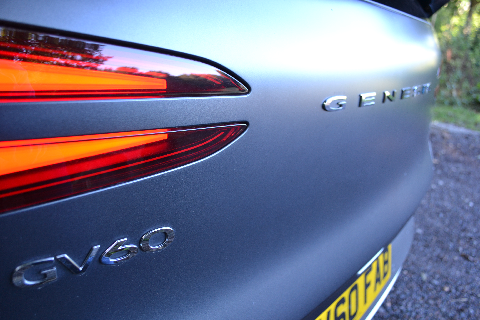


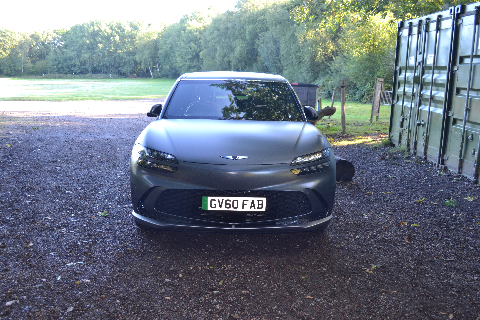

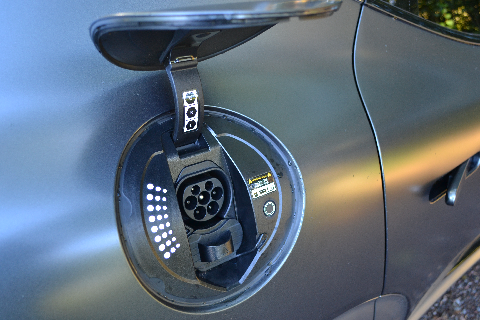
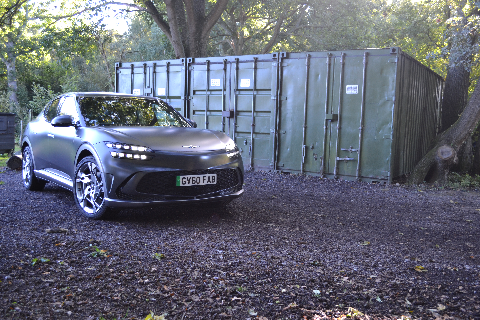
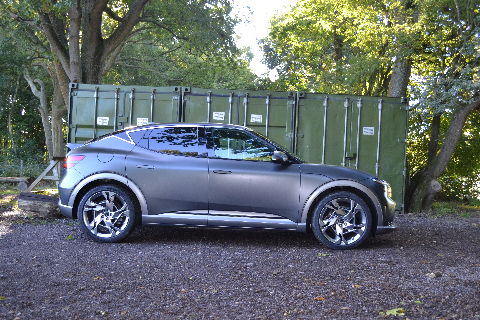

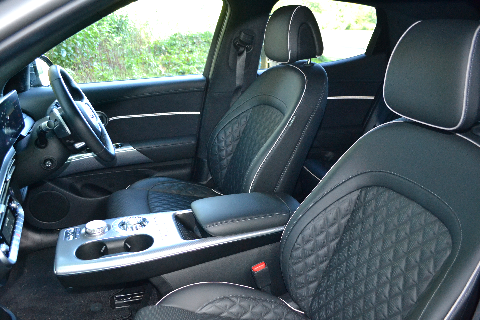
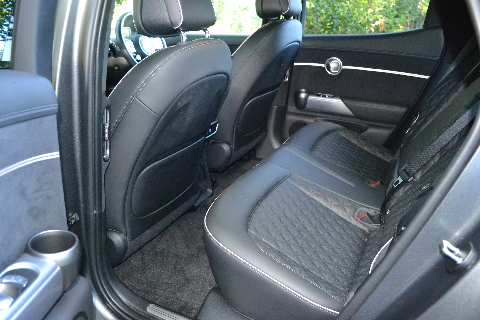
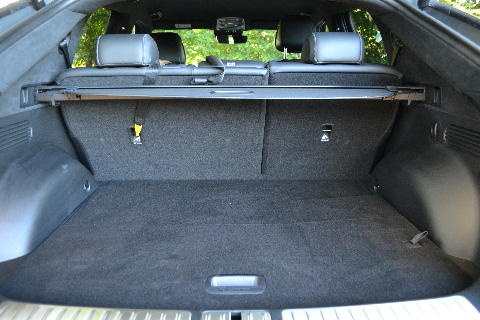
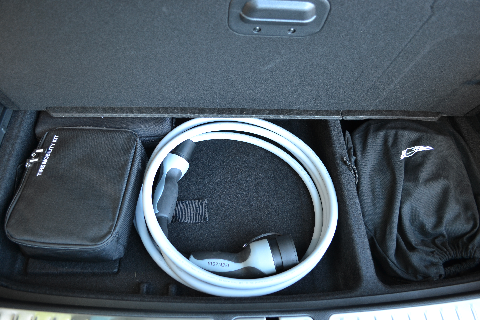
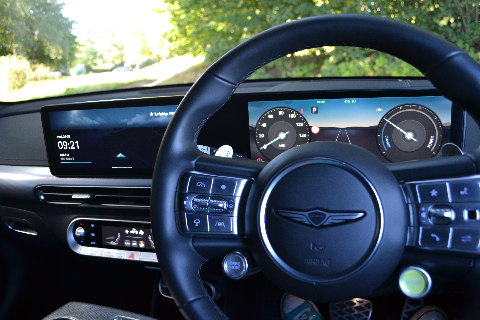
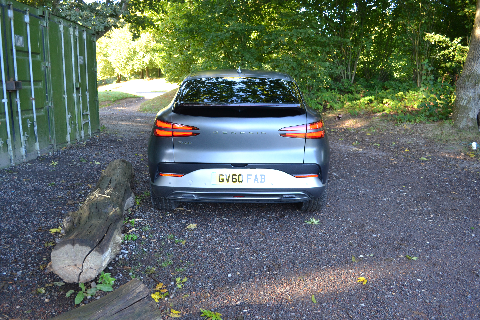






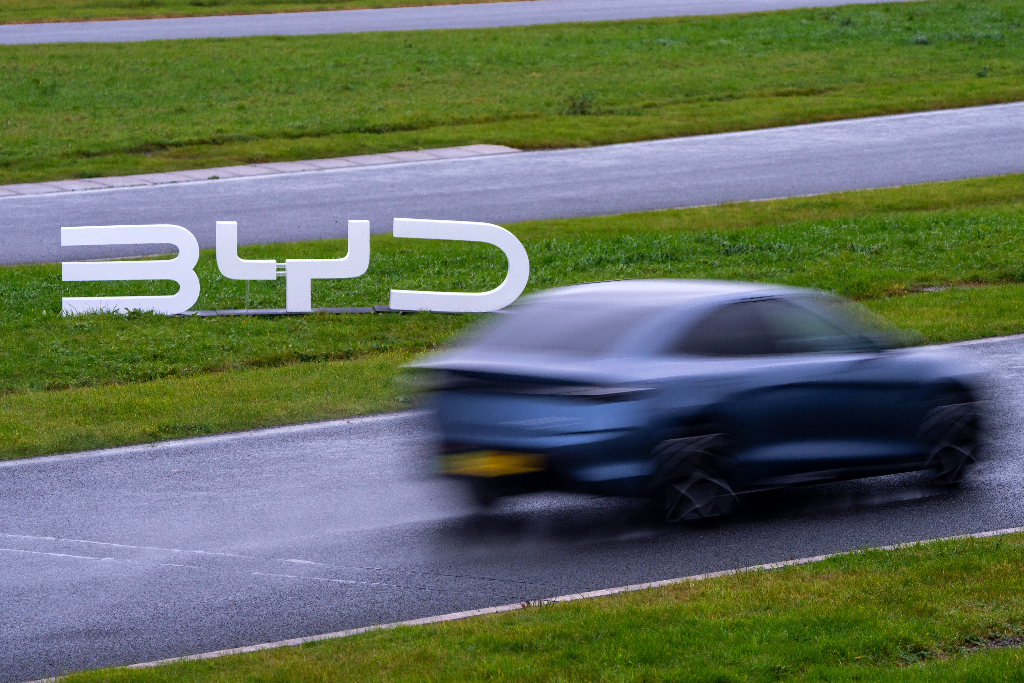

Comments (0)
Be the first to write a comment
Login/ Signup